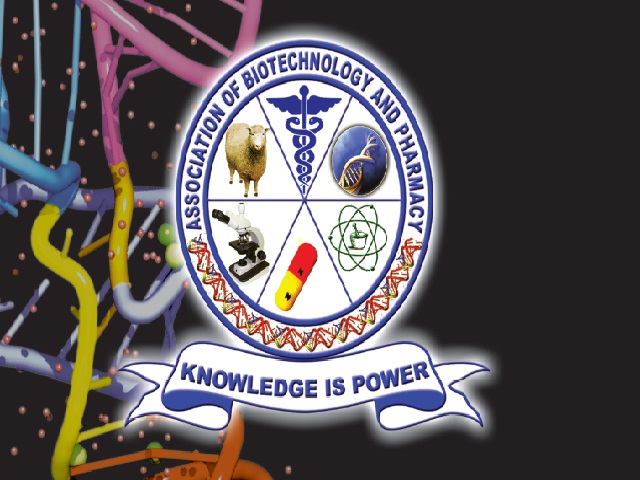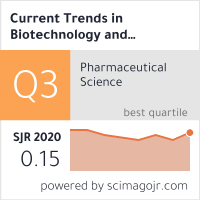Hepatoprotective activity of Atylosia rugosa against Carbontetrachloride and Paracetamol induced hepatotoxicity in rats
DOI:
https://doi.org/10.5530/ctbp.2023.1.2Keywords:
Atylosiarugosa, Hepatoprotective activity, Carbontetrachloride, Paracetmol, SilymarinAbstract
Liver is a vital organ that plays a major role in the elimination of xenobiotics from the body. Diseases that affecting the liver become major health problems and challenge to the health-care professionals as well as to the pharmaceutical industry. The conventional treatment for liver diseases is associated with a wide range of adverse effects hence herbal formulations are considered as safer than conventional drugs. The plant Atylosia rugosa was collected from tirumala hills, dried around 1000gms of whole plant was powdered. The whole plant of Atylosia rugosa was successively extracted using soxhlet apparatus with solvents as petroleum ether (600C-800C), chloroform, acetone, ethyl acetate and ethanol. The phytochemical screening of various extracts showed the presence of various phytoconstituents like flavonoids, terpenoids and phenolic compounds etc. The present study was aimed to study the invivo acute toxicity and hepatoprotective activity of ethanolic extract of whole plant of Atylosia rugosa in albino wistar rats. The studies were conducted by using the two popular inducing agents paracetamol (2mg/kg.p.o)in 1% CMC and carbontetrachloride (2mg/kg).N-acetyl- cysteine(100mg/kg .b.w) and Silymarin(50mg/kg.p.o) were used as reference drugs in the respective models.
The degree of protection was measured by estimating biochemical parameters such as serum glutamate Oxaloacetate transaminase (SGOT), serum glutamate pyruvate transaminase ( SGPT), total protein (TP), alkaline phosphatase (ALP) and the level of total serum bilirubin. Evaluation of the change in body weight and liver weight, histopathologic examination against CCl4-induced hepatotoxicity were also carried, the ethanolic extract (100mg/kg, 200mg/kg, 400mg/kg) exhibited significant hepatoprotection against carbontetrachloride and paracetamol in toxicated rats in a dose dependant manner. It also suppressed the plasma levels of AST, ALT and ALP (p< 0.05) in the aforementioned doses. A positive, significant linear relationship was observed between hepatoprotective activity and TPC and TFC content, showed that phenolic compounds and flavonoids were the dominant. The present study revealed there is no toxicity in animals upto 3200mg/kg of th extract, and showed a significant hepatoprotective activity of the plant is because of its active metabolites in the plant in the Atylosia rugosa.



